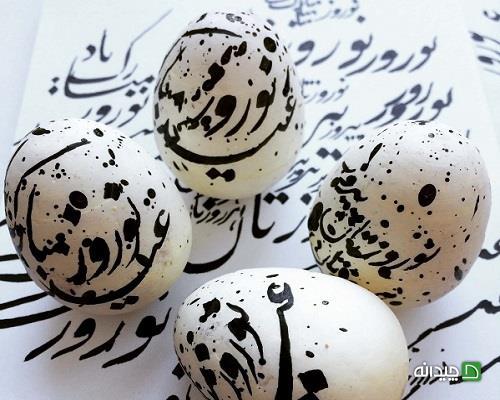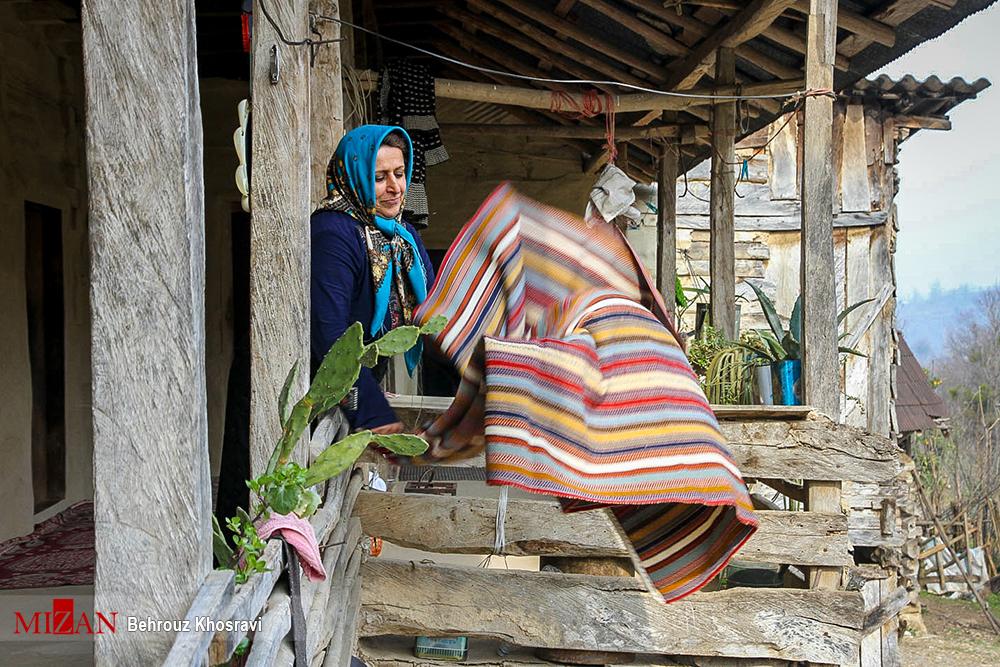The philosophy of Nowruz
The rituals arise from the beliefs, culture, history, tradition, lifestyle, geographical condition, myths and the dreams and desires of every nation. It is so interesting to know the philosophy behind every ritual, they bring pride to society and joy to the families. One of the most important rituals for Iranian is “Norouz”.
It is on March 21st every year and more preciously Norouz marks the day of the vernal equinox in the northern hemisphere, which can occur anytime between March 19-22, depending on the year as well as one's location.
Renowned Muslim scholars, such as the Persian Abu Rayhan Muhammad ibn Ahmad al-Biruni, known as Biruni (973-1048), Mahmud ibn Hussayn ibn Muhammed al-Kashgari (1005-1102), and Omar Khayyam (1048-1131) are among the many intellectuals who studied the date of Norouz. According to UNESCO, Norouz is a rite dating back to at least the 6th century BCE, marking the new year and ushering in the spring.
It is an event to welcome the beautiful spring that brings liveliness and warmth after the cold months of winter and literally the word Norouz means “new day”. It was believed that spring is a symbol of the triumph of good over evil and joy over sorrow and has a prominent spiritual effect. Norouz has been celebrated by people of Iran and Mesopotamia since antiquity. Although celebrated in Iran for at least 3,000 years, many countries along the Silk Roads including Afghanistan, Azerbaijan, India, Iraq, Kyrgyzstan, Kazakhstan, Pakistan, Tajikistan, Turkey, Turkmenistan and Uzbekistan, China, the Caucuses and Egypt also celebrate this event. Although the customs are different in other countries they have something in common.

Haft Sin
The most important element of Norouz is setting up “Haft Sin”. The literal meaning of Haft Seen- haft means seven and haft seen is 7 things that start with “S” sound in Persian. In fact, the word Haft, meaning seven, denotes the seven days of 'creations'.
Sumac (crushed spice of berries): For the sunrise and the spice of life
Senjed (sweet dry fruit of the lotus tree): For love and affection
Serkeh (vinegar): For patience and age
Seeb (apples): For health and beauty
Seer (garlic): For good health
Samanu (wheat pudding): For fertility and the sweetness of life
Sabzeh (sprouted wheat grass): For rebirth and renewal of nature

Apart from these seven items, there are also many other items that Iranians include in their Haft seen table, such as painted eggs that represent fertility and a mirror that signifies reflection on the past year.
While the origins of the Haft seen table are still not well-documented today, the tradition of placing various symbolic items on a Sofra (a piece of cloth spread on the floor or table) during Norouz has its roots in Zoroastrianism — a Persian monotheistic religion that predated the Abrahamic faiths. After the advent of Islam in Iran people also put the holy Quran next to the other things and start reading some verses of it before the moment of the new year and pray God.
The celebrations culminate with the countdown to the New Year, with families gathering around what is known as the Haft seen table.

The Nowruz celebrations go on for a few weeks after the New Year’s Day, with families visiting each other (eid didani) beginning with the oldest members to whom respects must be paid first. It is traditional for the youth to be gifted (eidi) with cash, sometimes placed in the pages of the Quran for the blessing. There are also many food and sweets based on the region.
Respect for ancestors
There is a traditional ritual on the last Thursday of the year. It is also customary across most regions to visit cemeteries before the Norouz celebrations begin, with visitors bringing candles and offerings to remember the dead. If their dear ones have died recently they take Haft Sin and put it on the grave instead
Norouz is also the occasion for traditional cultural activities, combining common practices with local customs. There used to be some other beautiful traditions that no longer exist like local street performances, tightrope walking, called Band Bāzī, in Iran, and the sport of Buz Kashī, in which horse-riders compete for an object representing the head of a calf, in Afghanistan.
Haji Firouz
He is a fictional character in Iranian folklore who appears at the beginning of Norouz. His face is covered in soot and he is clad in bright red clothes and a felt hat. He entertains passers-by by singing traditional songs and dancing and playing his tambourine for a few coins. Now you can mostly see them before the new year on the streets when the traffic light is red. They do their best to make people happy and make this tradition alive.

Khaneh Tekani (house cleaning)
Nearly a month before the New Year families start Khaneh Tekani. It is the Iranian tradition of spring cleaning and part of the Norouz festival. It usually involves washing carpets, painting the house, and cleaning the yard and attic, stems from the Zoroastrians' idea of purifying with cleanliness as a measure for keeping Evil away from the kingdom of Good.

Weeks before the New Year, the street are very crowded and you can see people are shopping and especially children are very happy and excited to wear their new clothes. The streets are mostly bright and the people are full of energy to welcome the new year.
Sabzi Polo ba Mahi
Sabzi Polo (a mixture of rice and chopped herbs) Ba [with] Mahi (fried fish) is the most popular dish among Iranians served on the eve or first day of Norouz.
There are plenty of reasons for serving this special dish on the new year’s Eve. Some believe that eating the food on the eve or first day of Nowruz is a tradition handed down from the time of King Jamshid – a mythological king of ancient Persian culture and tradition who saved mankind from a killing winter that was destined to kill every living creature, and some relate it to the story of Prophet Solomon (PBUH), and the fish and discovering the truth.
A number of other people think that eating rice and fish symbolizes prosperity and abundance in Iranians’ life and spread, respectively, and that Sabzi Polo is a symbol of nature’s regeneration and renovation, of course, there is no strong evidence for them.
